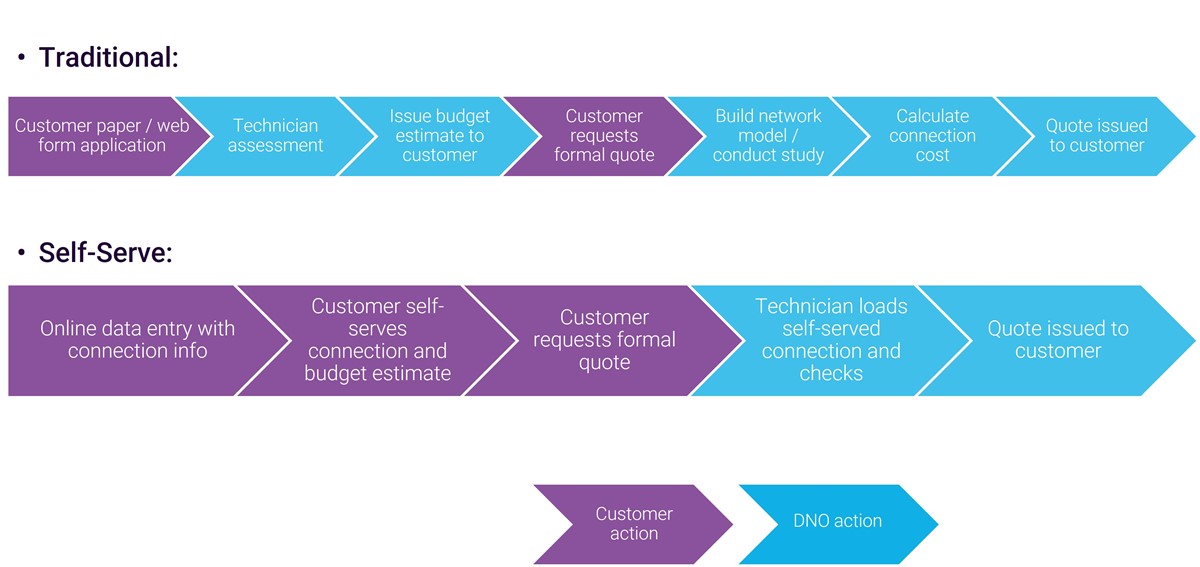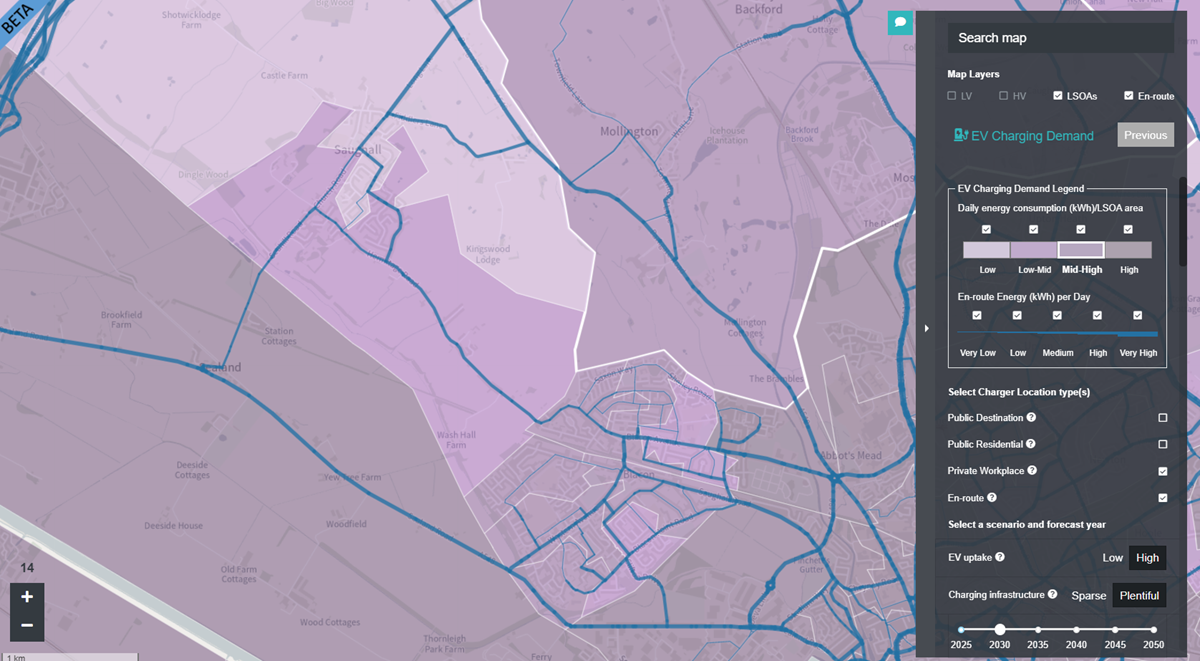DER Integration: Future-Proofing Australia’s Energy Networks
Overview -The Rise of DER in the Australian Energy Market
As the volume of distributed energy resources (DER)—including electric vehicles (EVs), solar photovoltaic (PV) generation, and behind-the-meter battery storage systems—continues to rise, DER Integration has become a critical challenge for Australia's power networks.
Traditionally, low-voltage (LV) networks operated as ‘fit and forget’ infrastructure with unidirectional power flows. However, with DER integration, networks must shift to a more actively managed system that adapts to fluctuating conditions across the day and seasons.
Why is efficient DER integration essential?
- Supports decarbonisation and the transition to net zero emissions
- Enables cost-effective grid adaptation to increased DER penetration
- Enhances network resilience and stability
At EA Technology, we specialise in LV network modelling and monitoring, enabling the seamless and efficient integration of DER into the grid.
To ensure Australian electricity distribution networks can effectively manage DER penetration, EA Technology conducts hosting capacity assessments to:
✔ Determine network limitations for integrating DER
✔ Identify cost-effective investment strategies
✔ Optimise grid expansion plans to meet future energy demands
Australian DNSP 1: Hosting Capacity
Hosting capacity (kW export per customer) for different LV network types.
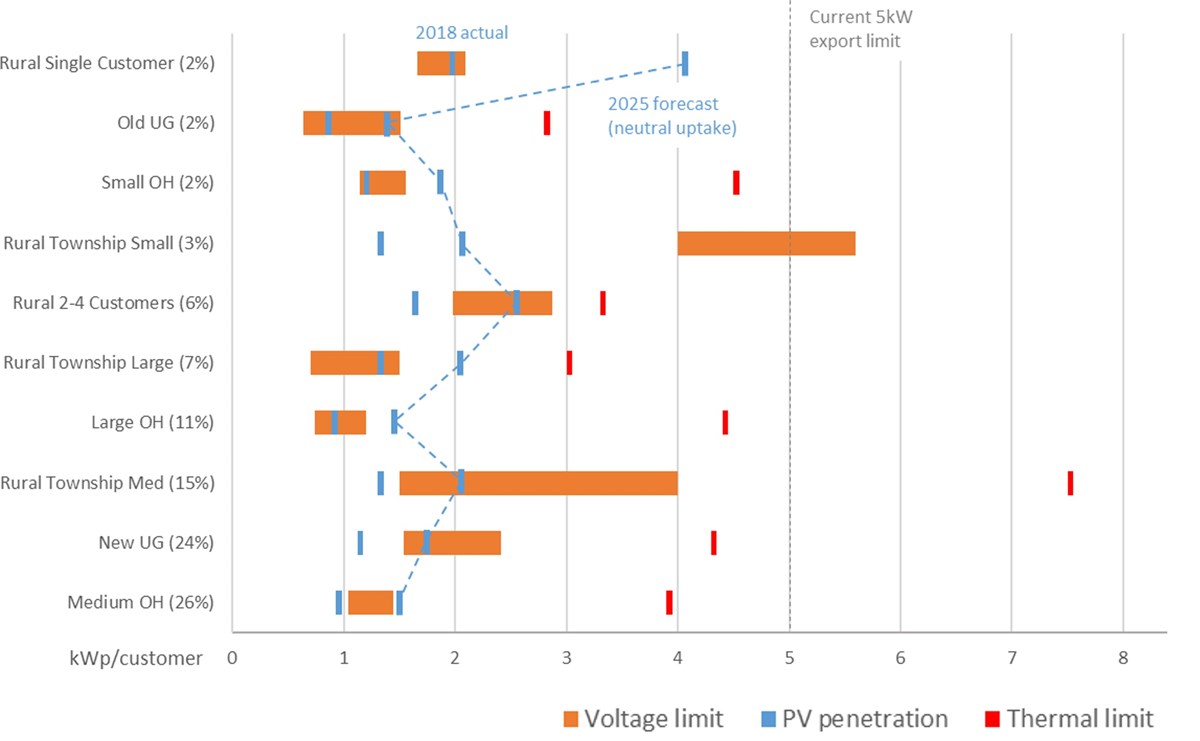
At present, the approach is to permit 5kW export per customer, but it is clear that the hosting capacity on a per customer basis is considerably less than 5kW for the majority of the network types. present in the network and in some cases the capacity can be as low as 1 – 2 kW.
Australian DNSP 1: LV Management Strategy
Cost-benefit performance of each strategy in base case conditions.
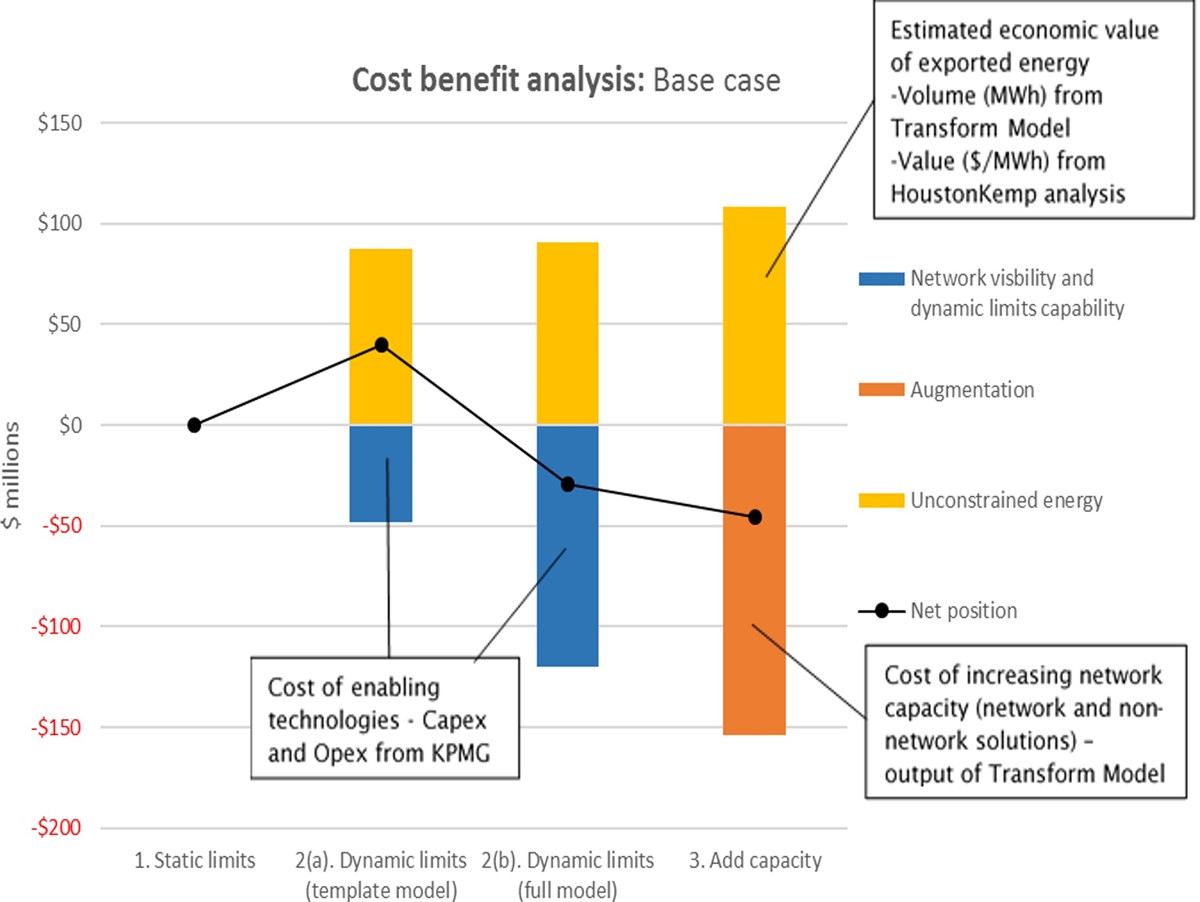
This chart shows that when considered against a base option of imposing static limits on DER export, the strategy that generates the greatest level of benefit for customers is the Dynamic Limits (Template model) approach.
- Cost of Augmentation – We obtain the costs associated with network interventions (transformer upgrades, new circuits, etc.) / year
- Interventions Applied – We obtain the specific interventions that are applied / year / network architecture type
- Demand / Generation curtailment – Where a strategy allows for the curtailment of generation or demand, we capture the magnitude and cost associated with this / year
- Enablers – Where specific items of enabling infrastructure are required (i.e. monitoring, substation automation, etc.), this is captured based on the year it is required and associated cost / network architecture type
Australian DNSP 2: Hosting Capacity - Solar PV

The circuits with fewer customers tend to be able to accommodate a greater capacity of PV generation.
Utilising the volt-var characteristic for AS/NZS 4777.2 : 2020, compliant inverters increase the potential kW export at the expense of increased losses.
Graph on the right shows the effect of absorbing vars as would be case with the volt-var characteristic on the kW export limits. Adjusting the operating voltage of the network potentially increases the available capacity further for the same increase in losses.
Absorbing vars to reduce the network voltage and facilitate increased kW export comes at the expense of increased losses over and above those associated with the increased kW export.
Australian DNSP 2: Hosting Capacity - EVs
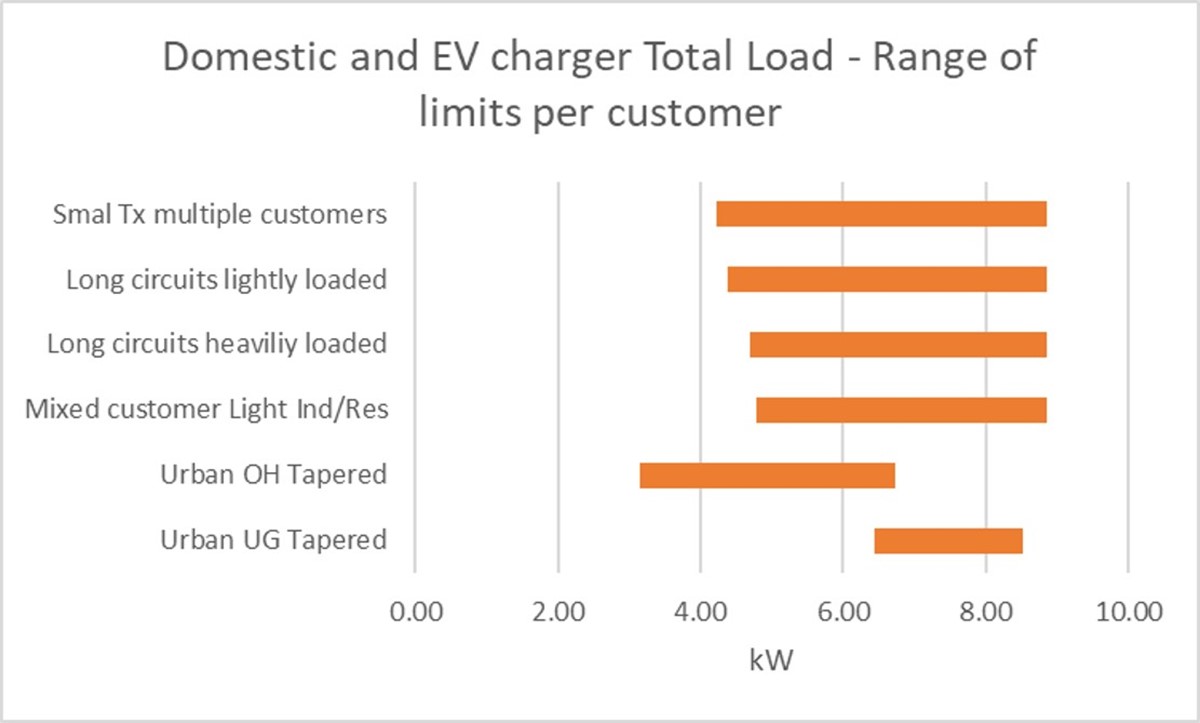
Lowering the LV voltage either by changing the tap position of the HV/LV transformer or by changing the set point of the HV voltage regulation equipment or some combination of both offers a significant increase in the available capacity of the LV network to accept PV generation.
Related Services
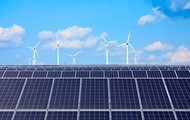
DSO Transition
EA Technology is at the forefront of supporting the vision and strategy for DNO to DSO transition.
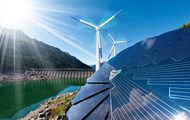
Microgrids
Learn more about how EA Technology supports and enables an efficient network connection process - For councils, community organisa...
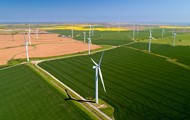
Achieving Net Zero
EA Technology offers expert consultancy to Australian energy networks in achieving Net Zero. Find out more!
